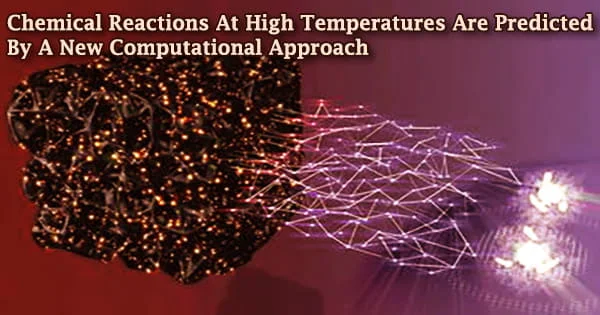Metals must be extracted from oxides at high temperatures not only for the production of metals like steel but also for recycling. Researchers have been looking for new ways to build “greener” extraction procedures because present extraction processes are particularly carbon-intensive and emit enormous amounts of greenhouse gases. This task has been particularly difficult in the lab since it necessitates the use of expensive reactors.
Building and running computer simulations is an option, but there is presently no computational approach for properly predicting oxide reactions at high temperatures when no experimental data is available.
A Columbia Engineering team claims to have created a new computation technique that reliably predicts the reduction temperature of metal oxides to their base metals by combining quantum mechanics and machine learning.
Their method is as computationally efficient as traditional zero-temperature computations and, in their experiments, more accurate than computationally intensive quantum chemistry simulations of temperature effects.
Nature Communications ASAP released the work today, which was conducted by Alexander Urban, an assistant professor of chemical engineering.
“Decarbonizing the chemical industry is critical if we are to transition to a more sustainable future, but developing alternatives for established industrial processes is very cost-intensive and time-consuming,” Urban said. “An appealing option would be a bottom-up computational process design that does not require initial experimental input, although this has yet to be implemented. This new study is, to our knowledge, the first time that a hybrid approach, combining computational calculations with AI, has been attempted for this application. And it’s the first demonstration that quantum-mechanics-based calculations can be used for the design of high-temperature processes.”
The researchers understood that quantum mechanics-based computations can reliably forecast how much energy chemical reactions demand or release at very low temperatures. They added a machine-learning model to this zero-temperature theory, which learned the temperature dependency from publicly available high-temperature measurements.
Free energy is a key quantity of thermodynamics and other temperature-dependent quantities can, in principle, be derived from it.
José A. Garrido Torres
They devised their method, which concentrated on extracting metal at high temperatures, to forecast the change in “free energy” as a function of temperature, whether high or low.
“Free energy is a key quantity of thermodynamics and other temperature-dependent quantities can, in principle, be derived from it,” said José A. Garrido Torres, the paper’s first author who was a postdoctoral fellow in Urban’s lab and is now a research scientist at Princeton.
“So we expect that our approach will also be useful to predict, for example, melting temperatures and solubilities for the design of clean electrolytic metal extraction processes that are powered by renewable electric energy.”
“The future just got a little bit closer,” said Nick Birbilis, Deputy Dean of the Australian National University College of Engineering and Computer Science and an expert for materials design with a focus on corrosion durability, who was not involved in the study.
“Much of the human effort and sunken capital over the past century has been in the development of materials that we use every day and that we rely on for our power, flight, and entertainment. Materials development is slow and costly, which makes machine learning a critical development for future materials design.”
Models must be mechanistically relevant and interpretable in order for machine learning and AI to reach their full potential. This is exactly what Urban and Garrido Torres’ work indicates.
Furthermore, for the first time, the work adopts a whole-of-system approach, using advanced algorithms to connect atomistic simulations on the one hand and engineering applications on the other.
The team is now extending the approach to other temperature-dependent materials properties, such as solubility, conductivity, and melting, which are required to create carbon-free, clean-energy electrolytic metal extraction procedures.





